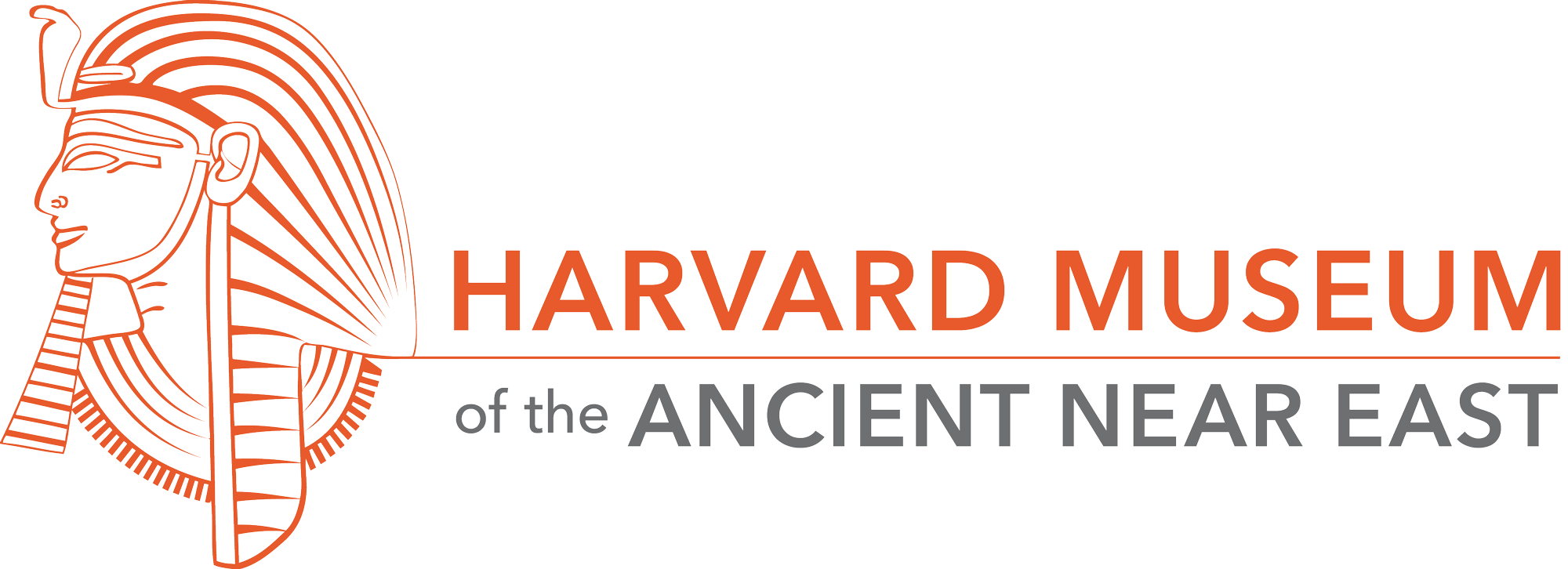Steiner RC.
Early Northwest Semitic Serpent Spells in the Pyramid Texts.; 2011.
Publisher's VersionAbstractNew: Seven high-resolutions scans are now available online for browsing key images of the pyramid of Unas in detail: Antechamber, North Wall (right) and West Wall | Antechamber, West Wall | Sarcophagus Chamber, East Wall | Sarcophagus Chamber, West Wall | Sarcophagus Chamber, West Gable, center | Antechamber, East Wall, upper | Antechamber, East Wall, lower
The earliest connected Semitic texts known to modern scholars are usually thought to be East Semitic texts from Mesopotamia, written in the cuneiform script. In this monograph, Richard C. Steiner deciphers Semitic texts that are even earlier--Northwest Semitic texts in hieroglyphic script that have been "hiding in plain sight" among the Pyramid Texts of the Old Kingdom.
The Semitic texts are embedded in two series of Egyptian spells designed to protect the king's mummy against snakes. They are orthographically distinct from the rest of the Pyramid Texts, characterized by exceptional phonetic spelling reminiscent of the "group writing" used to write foreign names and texts in later times. Most editors of the Pyramid Texts have considered them unintelligible.
The Semitic and Egyptian passages in these spells are mutually elucidating. The Egyptian context contains phrases that reveal the meaning of corresponding Semitic phrases as well as clues that reveal the origin of the texts. The Semitic, in turn, helps to clarify the Egyptian, bringing a degree of cohesiveness and order to a group of spells that previously seemed like a hodgepodge. As Robert K. Ritner writes in his foreword to the monograph: "We have thus gone from a string of isolated invocations, many of them gibberish, to a coherent logically constructed, tripartite ritual with a recognizable beginning, middle, and end. This seems to me a remarkable advance."
Huehnergard J.
A Grammar of Akkadian.; 2011.
Publisher's VersionAbstractIn the third edition of A Grammar of Akkadian, changes have been made in the section on the nominal morpheme -ån (§20.2) and the sections on the meaning of the D stem (§24.3) and the Gt stem (§33.1(b)); these revisions reflect recent scholarship in Akkadian grammar. For those who have earlier editions of the book, pdfs of these revisions are available here (PDF).
Other changes include minor revisions in wording in the presentation of the grammar in a few other sections; a number of new notes to some of the readings; additions to the glosses of a small number of words in the lesson vocabularies (and the Glossary and English–Akkadian word list); and updates of the resources available for the study of Akkadian, and of the bibliography.
A new appendix (F) has been added, giving Hebrew and other Semitic cognates of the Akkadian words in the lesson vocabularies. This appendix is also available here (PDF).
The pagination of the first and second editions has for the most part been retained, apart from the insertion of the new appendix and a few minor deviations elsewhere.
Morgenstern M.
Studies in Jewish Babylonian Aramaic Based Upon Early Eastern Manuscripts.; 2011.
Publisher's VersionAbstractThis book is the first wide-ranging study of the grammar of the Babylonian Aramaic used in the Talmud and post-Talmudic Babylonian literature (henceforth: Rabbinic Babylonian Aramaic) to be published in English in a century. The book takes as its starting point the long-recognized problem of the corrupt nature of the later textual witnesses of Babylonian Rabbinic literature and seeks both to establish criteria for the identification of accurate textual witnesses and describe the grammar of Rabbinic Babylonian Aramaic. The book is both programmatic and descriptive: it lays the foundations for future research into the dialect while clarifying numerous points of grammar, many of which have not been discussed systematically in the available scholarly literature.
Following a critical survey of the currently available scholarly tools, the book considers the rôle of the Yemenite textual and reading traditions in the study of Rabbinic Babylonian Aramaic. While some previous authorities have regarded this tradition as a primary source for grammatical study of the dialect, by comparing the data of the earliest manuscripts to the forms employed in the Yemenite traditions, the present book demonstrates that the Yemenite traditions have been subject to secondary changes. Accordingly, it is concluded here that only the early eastern manuscripts preserve the dialect in its original form.
The next chapter considers the problem of linguistic variation within the corpus. It is well established that the Talmudic literature employs a wide range of alternative grammatical forms. Several explanations have been proposed for this phenomenon. Some authorities have suggested that it arises from dialectal differences, while others have proposed that it represents the use of different literary registers. An alternative explanation is that the language was altered during the course of textual transmission. This study shows that none of these explanations can account for the wide extent of the phenomenon, which is found in the best textual witnesses and in ostensibly uniform contexts. It is argued that all of proposed explanations may partially account for the interchanges but, ultimately, the lack of a literary standard leads to the use of different forms.
Syntax is often regarded as being one of the linguistic areas least affected by textual transmission. However, the early manuscripts show that Rabbinic Babylonian Aramaic employs a defined series of syntactic structures to mark the direct object. This clearly defined complimentary distribution is lost in the later textual witnesses, which use the structures interchangeably. It is thus shown that, for syntactic study, too, only a small group of textual witnesses can be regarded as reliable.


















